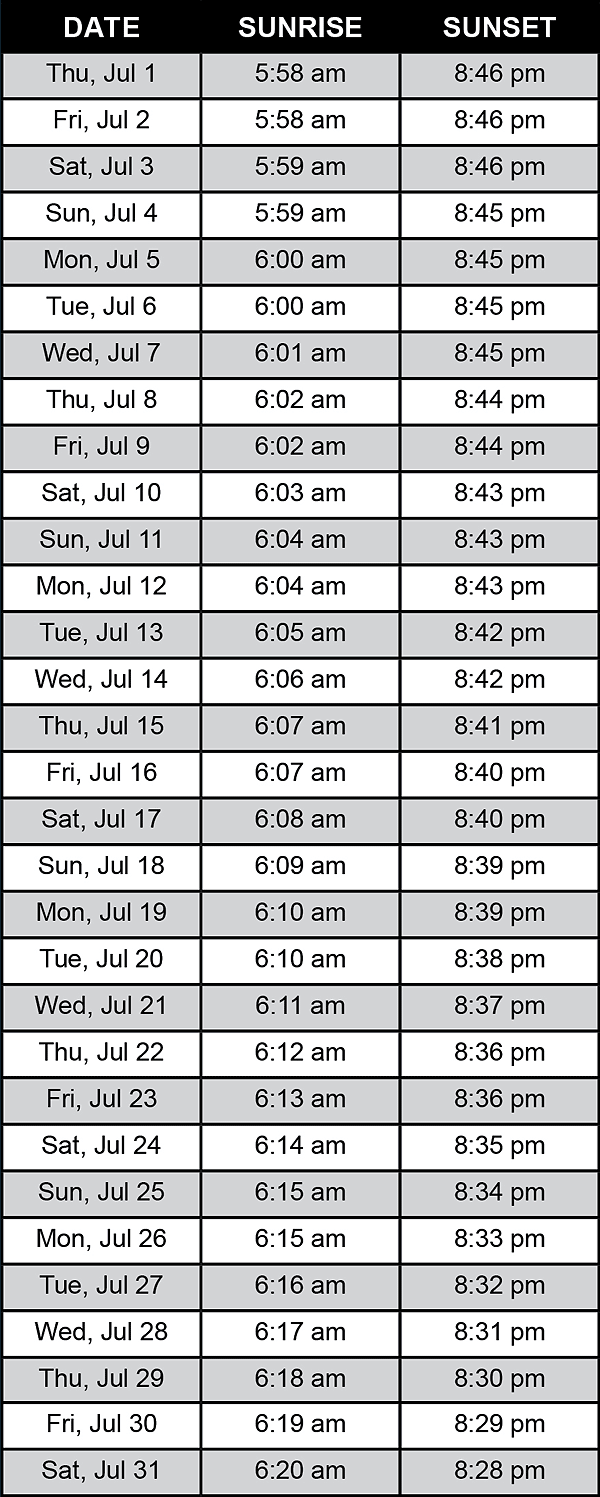DARK SKY HAPPENINGS - July 2021
Astrophotography With Your Smartphone By David Prosper
Have you ever wanted to take night time photos like you’ve seen online, with the Milky Way stretched across the sky, a blood-red Moon during a total eclipse, or a colorful nebula? Many astrophotos take hours of time, expensive equipment, and travel, which can intimidate beginners to astrophotography. However, anyone with a camera can take astrophotos; even if you have a just smartphone, you can do astrophotography. Seriously! Don’t expect Hubble-level images starting out! However, you can take surprisingly impressive shots by practicing several basic techniques: steadiness, locked focus, long exposure, and processing. First, steady your smartphone to keep your subjects sharp. This is especially important in low light conditions. A small tripod is ideal, but an improvised stand, like a rock or block of wood, works in a pinch. Most camera apps offer timer options to delay taking a photo by a few seconds, which reduces the vibration of your fingers when taking a shot. Next, lock your focus. Smartphones use autofocus, which is not ideal for low-light photos, especially if the camera readjusts focus mid-session. Tap the phone’s screen to focus on a distant bright star or streetlight, then check for options to fine-tune and lock it. Adjusting your camera’s exposure time is also essential. The longer your camera is open, the more light it gathers - essential for low-light astrophotography. Start by setting your exposure time to a few seconds. With those options set, take a test photo of your target! If your phone’s camera app doesn’t offer these options, you can download apps that do. While some phones offer an “astrophotography” setting, this is still rare as of 2021. Finally, process your photos using an app on your phone or computer to bring out additional detail! Post-processing is the secret of all astrophotography. You now have your own first astrophotos! Wondering what you can do next? Practice: take lots of photos using different settings, especially before deciding on any equipment upgrades. May you have clear skies!
|

